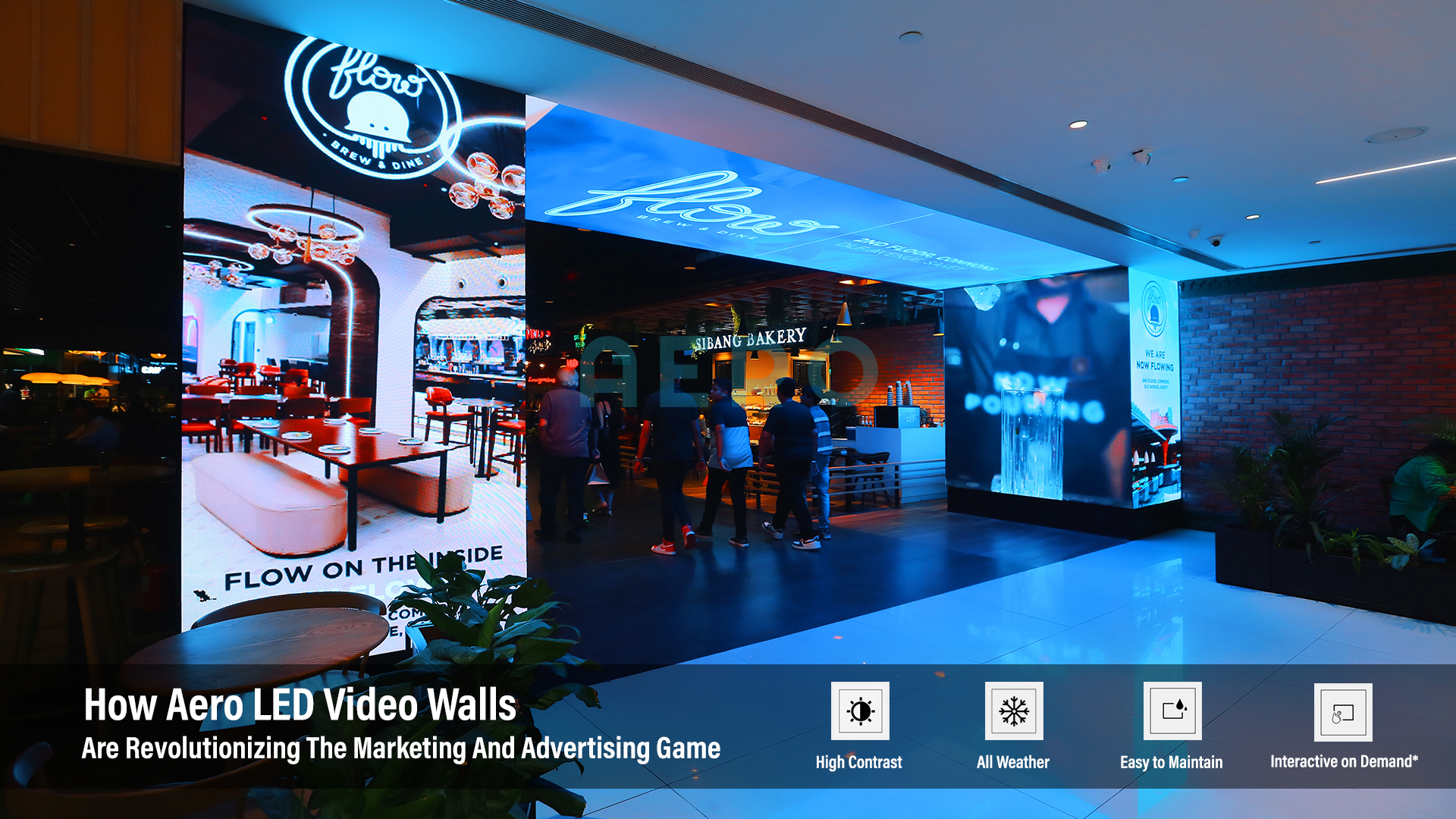A Thorough Analysis of Different Light Emitting Diode Video Screen Techniques and Their Uses
A Thorough Analysis of Different Light Emitting Diode Video Screen Techniques and Their Uses
Blog Article
Light Emitting Diode video walls have become increasingly popular across different environments, including concerts, athletic competitions, as well as corporate presentations. These big screens are composed of numerous individual LED panels that work together to create a single unified visual. Various different types of Light Emitting Diode video screen solutions on the market, every with its own features and advantages. Understanding these technologies can help businesses as well as entities select the appropriate option for their specific needs.
A common kind of LED video screen technology is the direct view Light Emitting Diode. This technology utilizes separate LED modules which are arranged near together to form a big screen. Direct view Light Emitting Diode screens are known for their high luminosity and vibrant hues, which makes them perfect for outdoor events and well-lit lit environments. These displays also have a broad sight angle, which indicating that people can see the screen distinctly from different locations. Such makes direct view LED screens a favored choice for stadiums and external festivals.
Another kind of Light Emitting Diode display wall solution is the LED illuminated Liquid Crystal Display. This technology merges conventional Liquid Crystal Display displays with Light Emitting Diode illumination to enhance brightness and hue precision. LED-backlit Liquid Crystal Displays are commonly used in indoor settings, such as retail centers and conference spaces. These displays provide superior image quality and are typically more affordable than directly viewed LED walls. Nonetheless, they may not function as effectively in well-lit settings, as the backlighting can sometimes dull the hues.
Another thirdly choice is the OLED video screen. Organic Light Emitting Diode technology offers exceptional differentiation as well as hue depth compared to alternative kinds of screens. Every dot in an OLED screen produces its own light, allowing for true dark tones as well as lively hues. Such renders OLED video walls particularly appealing for uses which demand premium images, including gallery galleries or high-end retail stores. However, OLED solution can be costlier costly while may not be as luminous as direct view LED walls, making it less suitable for outdoor use.
Along with these options, various additionally multiple applications for LED video screens. These displays can be utilized for advertising, entertainment, and data presentation. For instance, companies commonly utilize This Site LED video screens for electronic signage to attract customers as well as advertise products. Within amusement, these displays enhance the sight experience at concerts and gatherings, offering dynamic backgrounds as well as captivating visuals. In business environments, LED video screens can be utilized for presentations, visual conferencing, and training programs, helping to convey data through a visually appealing manner.
To summarize, LED video screens come in different types, each with its own benefits as well as applications. Directly viewed Light Emitting Diode walls are ideal for external applications, while LED illuminated Liquid Crystal Displays are more suitable for interior settings. OLED video screens offer superior image clarity yet may come at a greater price. Understanding the differences variations can help organizations to make informed choices about the best type of LED video screen most meets their requirements, whether for advertising, amusement, or business applications.